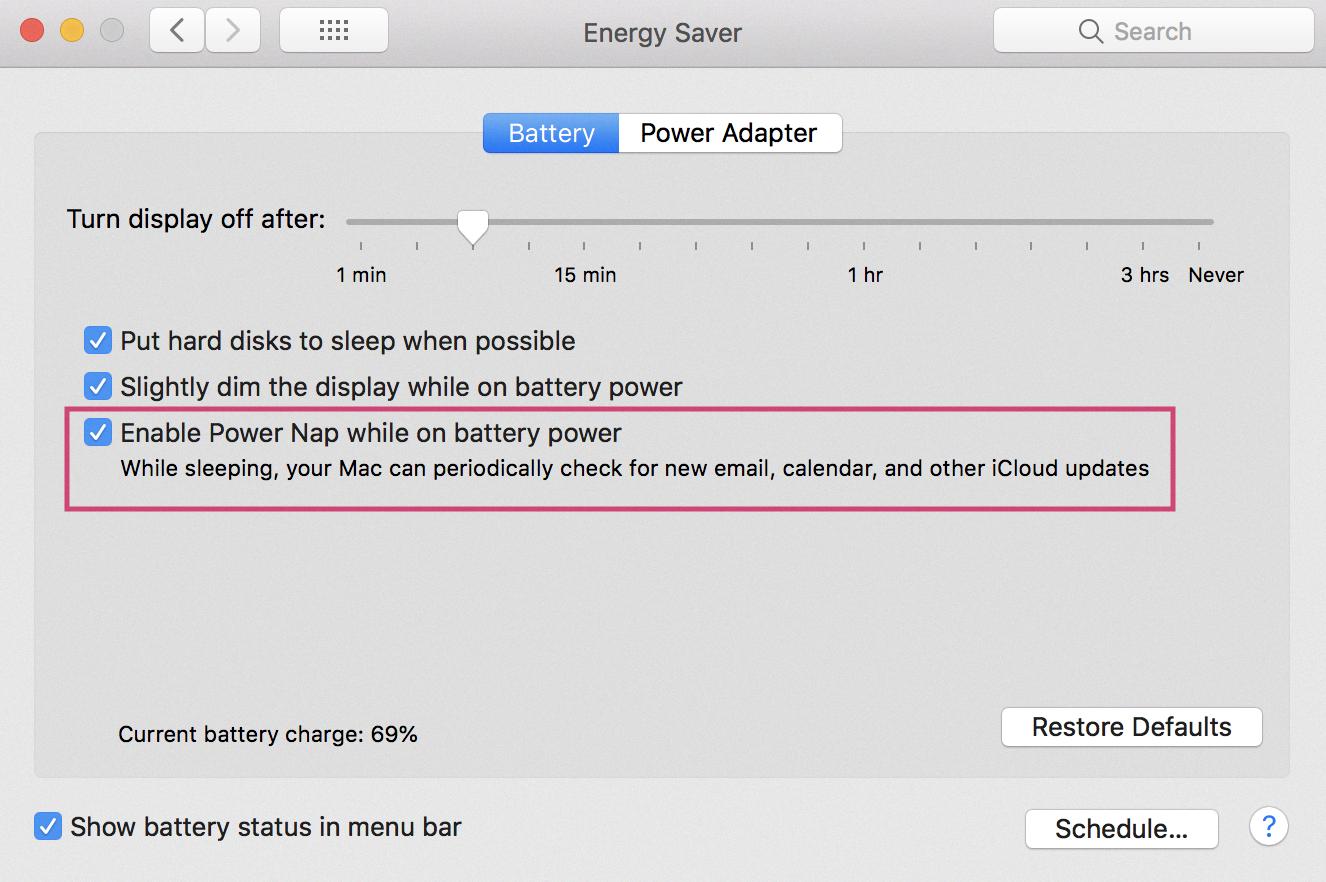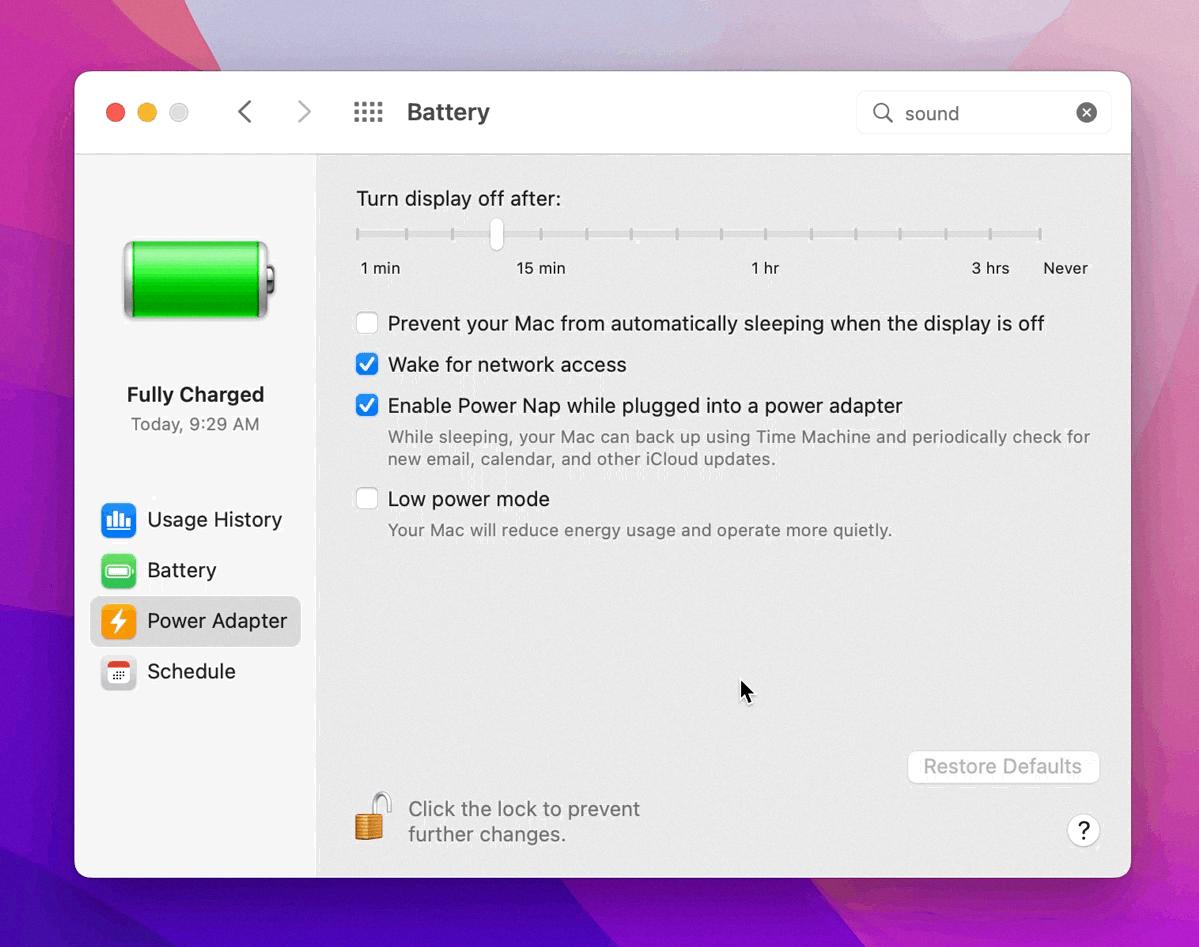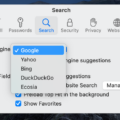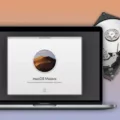Putting your Mac to sleep is a great way to save energy and extend battery life, but it can be confusing if you’re not sure how to do it. Whether you’re a beginner or a seasoned Apple user, this guide will help you make sure your Mac is properly prepared for sleep.
First, let’s make sure your Mac is configured correctly. Go to System Preferences > Energy Saver and make sure the “Put the computer to sleep when it is inactive for” setting is enabled. This will ensure that your Mac goes into sleep mode ater a certain amount of time of inactivity. You can also set the time interval to as low as 10 minutes if you want your Mac to go into sleep mode more quickly after inactivity.
Next, we need to address any connected devices or external storage that may be keeping your Mac from going into sleep mode. Devices like USB drives and Thunderbolt devices can sometimes malfunction and keep your Mac from sleeping even when the lid is closed. To troubleshoot this issue, disconnect any external drives or devices that are connected to your Mac and then attempt to put it into sleep mode again by closing the lid or using the Apple menu > Sleep command. If this works, reconnect each device one at a time until you identify whch one was causing the issue.
Finally, if you’re going away from your Mac for an hour or two or overnight, letting it go into sleep mode is usually the best option. But if you’re away longer than that, then powering down your Mac might be a better choice in order to conserve energy and extend battery life.
We hope this guide has been helpful in walking you though how to put your Mac into sleep mode properly!
Should I Shut Down My Mac or Put It To Sleep?
If you are only away from your Mac for an hour or two, or even overnight, letting it sleep is the best method. Sleep mode will keep your open applications running and ready to use when you come back, with no need for a lengthy boot-up process. Furthermore, sleep mode uses very little power, so you don’t have to worry abot wasting energy.
However, if you are going to be away from your Mac for longer than a couple of hours, it is recommended that you power it down instead of putting it to sleep. This is because when in sleep mode your Mac runs the risk of using up more battery power than necessary due to background processes still running. It also increases the likelihood of possible software issues due to the longer duration of time that has elapsed since beig put into sleep mode. Shutting down your Mac ensures that all applications and processes are closed properly and not left running in the background while powered off.

Source: cleanmymac.com
Putting Mac to Sleep Without Closing the Lid
You can put your Mac to sleep without closing the lid by going to System Preferences > Energy Saver and then selecting the option to Put the computer to sleep when it is inactive for x minutes (where x is a set number of minutes). You can also put your Mac to sleep usig the Apple menu in the top-left corner of the screen and selecting Sleep. Additionally, you can use the keyboard shortcut Command + Option + Power/Eject.
How Often Should You Shut Down Your Mac?
It is not necessary to shut down your Mac every day. In fact, it is btter for your computer to let it go into sleep mode than to shut it down. Sleep mode uses minimal energy and keeps your applications running, so when you wake up your Mac the next morning, you don’t have to wait for everything to load up again. You can also set up automatic sleep times so that your Mac will turn off at a certain time each day if you want it too.
However, if you are going away on vacation or not planning on using your Mac for a while, then it is recommended that you shut down the computer completely. This will minimize any potential damage from power surges or other unforeseen issues that can occur while the computer is left in sleep mode for an extended period of time.
Overall, there is no need to shut down your Mac every day; letting it go into sleep mode will keep everything running while consuming minimal power and resources. If you are going away for more than a few days or know of any risks that could potentially damage your computer while in sleep mode, then shutting down once in a while is recommended.
How Long Can a Mac Remain in Sleep Mode?
A Mac can stay in sleep mode for up to 30 days, depending on the age of the computer. Apple computers released in 2013 or later can remain in sleep mode for approximately three hours, while older Macs enter standby after about an hour of sleep. This is possible without being plugged in, as long as the MacBook has a fully charged battery.

Source: setapp.com
Troubleshooting Mac Screen Not Turning Off
There are seveal potential reasons why your Mac screen is not turning off. First, you should check the Energy Saver settings in System Preferences to make sure that the “Turn display off after” setting is not set to “Never”. If this setting is set to Never, then your Mac will not turn off its display. Additionally, if you have any applications running that require the display to be on, such as a movie player or certain types of games, then the display will remain on even if the “Turn display off after” setting is set to a specific time. Finally, if your Mac has recently been upgraded or had its software updated, then it may have reverted back to its default settings which means that the “Turn display off after” setting may have been reset to Never.
Changing Mac’s Behavior When Closing the Lid
To change what your Mac does when you close the lid, first click the Apple icon at the top left and then choose System Preferences. Next, select the Energy Saver tab. From there, you can choose to either put your Mac to sleep when you close the lid or keep it running. Additionally, you can also choose to have your Mac go into a low power mode whle it’s closed. Finally, click the Lock icon at the bottom left of the window to save your changes.
Conclusion
In conclusion, the best way to conserve energy and maximize battery life when not usig your Mac is to put it to sleep. To do this, simply close the lid (or press the power button) and your Mac will enter into a low-power state. If you’re going to be away from your Mac for an extended period of time, you should consider powering it down completely. Additionally, make sure that any connected storage and devices are functioning properly so that they don’t prevent your Mac from going to sleep. With these steps in mind, you can ensure that your Mac is running efficiently and helping you stay productive.








